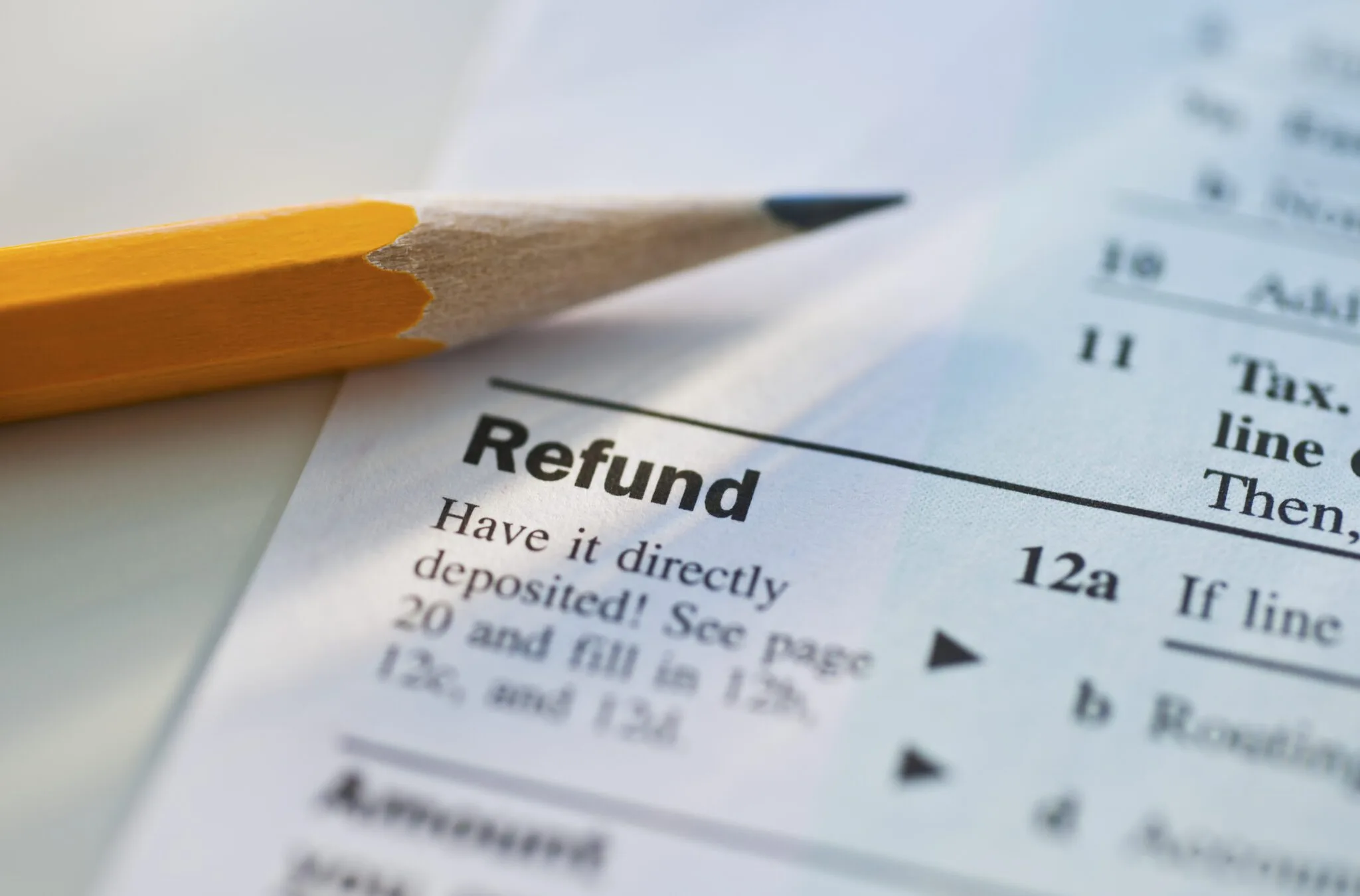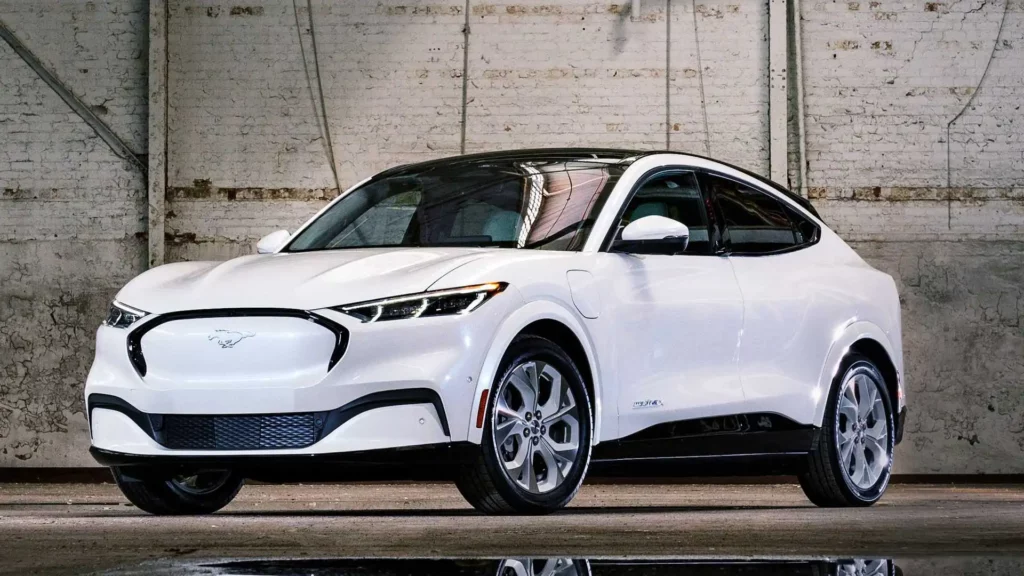
If you’re in the market for an electric vehicle, you’re likely aware that they typically come with a higher price tag than similar cars with an internal combustion engine.
Though research by AAA has shown that the cost of owning an electric car is roughly the same as a gas-powered car over the lifetime of the vehicle, the upfront cost of the former can be an impediment. To help offset some of the burden, local, state and the federal government have established financial incentives. These typically come in the form of tax credits.
Here’s everything you need to know about how electric vehicle tax credits work, as well as a few other forms of financial assistance you may be eligible for on your EV purchase.
FEDERAL TAX CREDIT FOR ELECTRIC VEHICLES
The most noteworthy tax incentive available to EV consumers is the federal tax credit. It’s been around for more than a decade and is worth up to $7,500. Before you go subtracting that total off the price tag of prospective cars, however, keep in mind there are several important factors that determine how much, if any, of that $7,500 you’ll receive.
- Although manufacturers might advertise the federal tax credit as a discount, it is not. You will have to pay the car’s full price at the time of purchase.
- The federal tax credit only applies to new car purchases. If you are leasing an electric vehicle, the credit can be claimed by the car company. The silver lining is that manufacturers may pass some of those savings on in the form of lower monthly payments.
- How much of a tax credit an electric vehicle is eligible for is based on the capacity of the battery used to power the car. Therefore, the amount varies between vehicle type and model. With larger batteries, all-electric vehicles are eligible for the full $7,500. Most plug-in hybrid vehicles are not. A full list of the credit amount available to hybrid makes and models can be found on the U.S. Department of Energy’s website.
- There’s a good chance you may not receive the full federal tax credit amount your electric vehicle is eligible for. The credit is non-refundable, meaning the government will not be writing you a check if you purchase an electric vehicle. Instead, the credit is applied to your tax liability and, at best, it can reduce your tax bill to zero. For example, if you are eligible for a $7,500 credit and you owe $5,000 in taxes, you will only receive a $5,000 credit. The remaining portion goes unused and cannot be applied to next year’s taxes.
ELECTRIC TAX CREDIT PHASEOUT
If you’re hoping to get the largest tax credit possible, you should act sooner rather than later. The federal tax credit available on any individual model is phased out once the manufacturer sells a total of 200,000 electric vehicles (this includes all-electric and plug-in hybrids). At that point, the tax credit for all of that carmaker’s EV models is cut in half for the next two calendar quarters, then cut in half again for the following two quarters, before ending.
So far, only two car companies have hit the 200,000 milestone: Tesla and General Motors (which sells electric vehicles through the Chevrolet and Cadillac marques). Both Toyota and Nissan are expected to hit the threshold some time in 2022.
HOW TO CLAIM ELECTRIC VEHICLE TAX CREDIT
You can claim your federal electric vehicle tax credit when you file your taxes for the year in which you purchased the car. To do so, you’ll first need to fill out Form 8936. (You can find a copy here). Then, report the credit from Form 8936 on the appropriate line of Form 1040, the U.S. Individual Income Tax Return.
STATE AND LOCAL TAX INCENTIVES
The federal tax credit is not the only monetary assistance available to electric vehicle owners. Many state and local incentives exist across the country. New York, for example, has several financial programs available to electric vehicle owners. Through the Drive Clean Rebate, car owners can receive a discount between $500 and $2,000.
Additionally, qualified electric vehicles are eligible to receive a Green Discount Plan E-ZPass, which provides a 10% discount on all E-ZPass tolls. Massachusetts offers a $2,500 rebate on all-electric vehicles and a $1,500 rebate on plug-in hybrid electric vehicles that cost less than $50,000.
Both the U.S. Department of Energy and advocacy group Plug In America have interactive maps detailing state and local incentives around the country.
STATE AND LOCAL TAX INCENTIVES
With the need for electric vehicles growing, additional incentives could be made available in the near future. The original Build Back Better Act contained a tax credit of up to $12,500 for a new electric vehicle. It also offered financial incentives for used electric vehicles and eliminated the 200,000 vehicles-sold cap for manufacturers. Legislation around these incentives proved to be a sticking point and the bill was ultimately never signed into law. It is certainly possible, however, that federal legislators could revisit the topic soon.
One bill that did become law is the Infrastructure Investment and Jobs Act. The $1.2 trillion piece of legislation will put billions of dollars into state coffers over the next several years. These funds could potentially be used to enhance state-level credits.


















